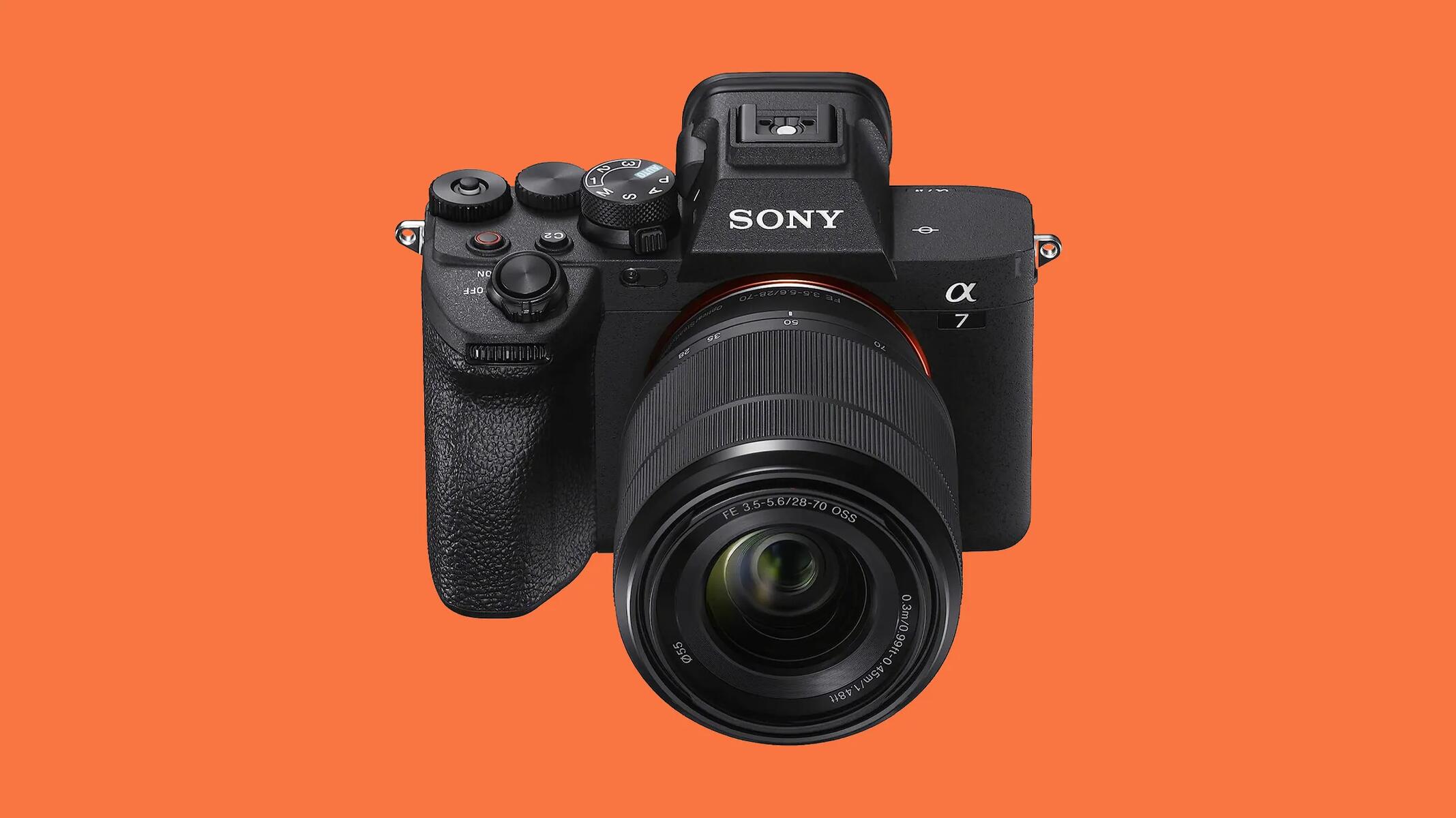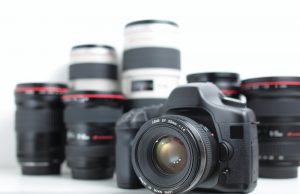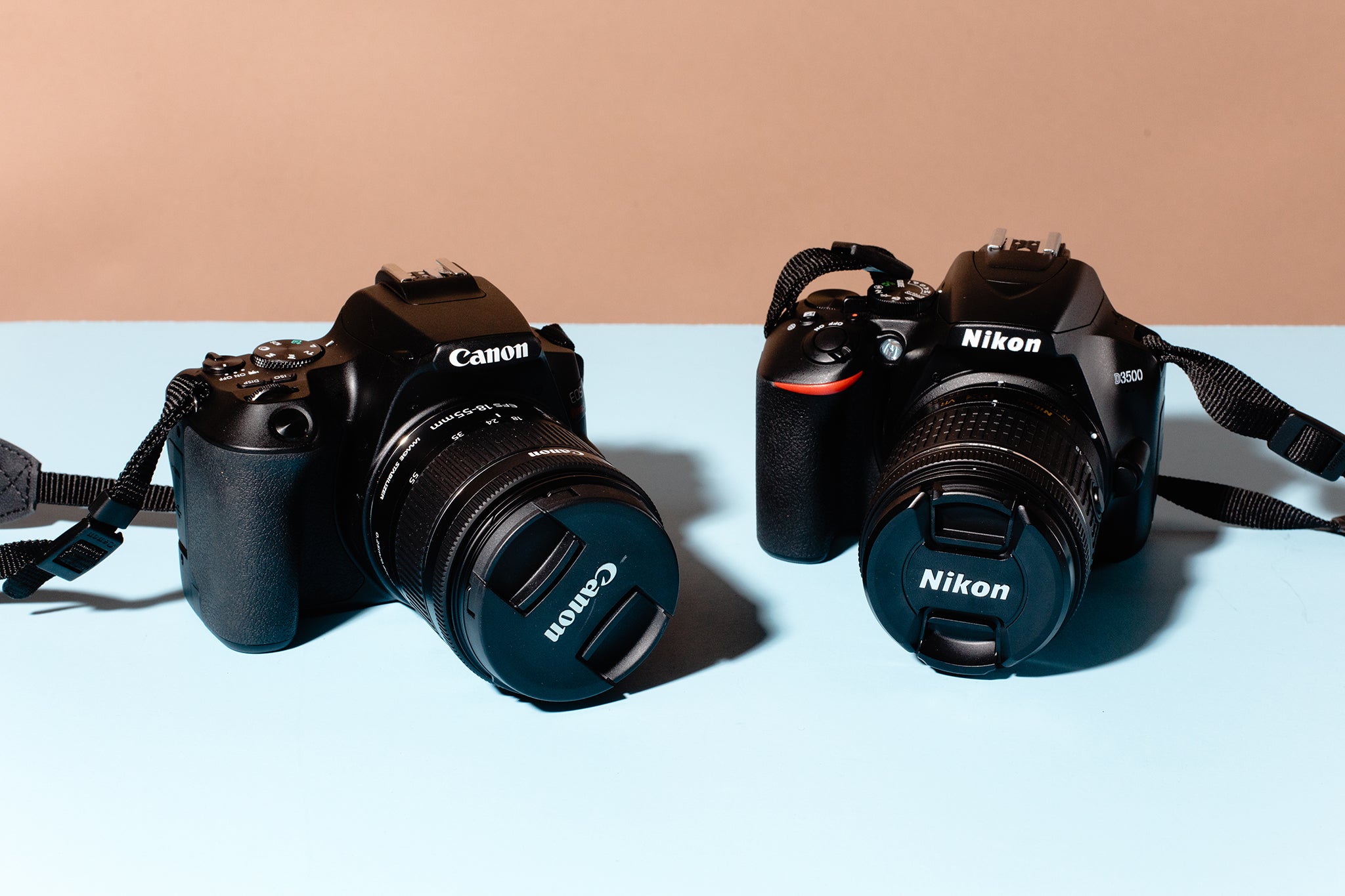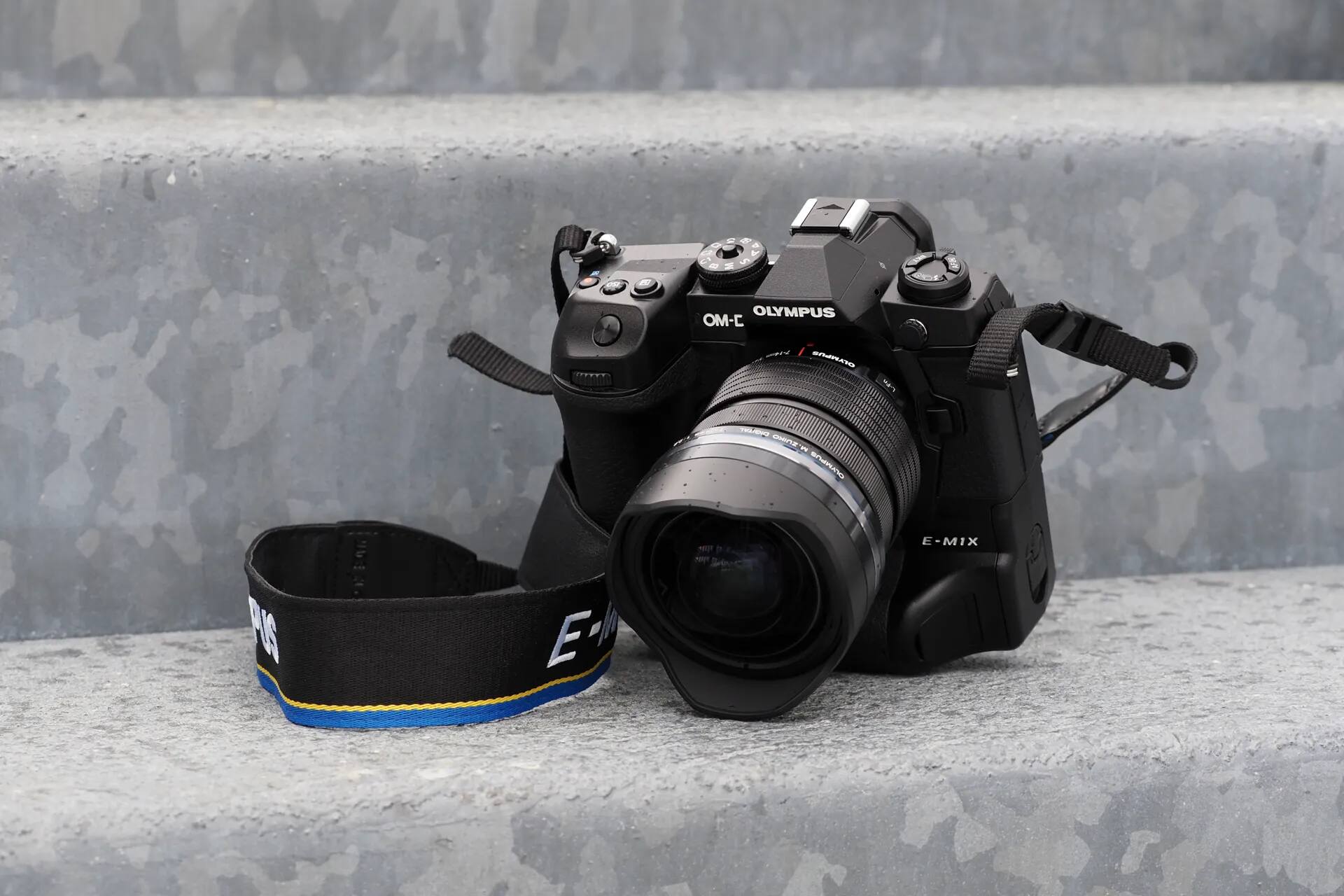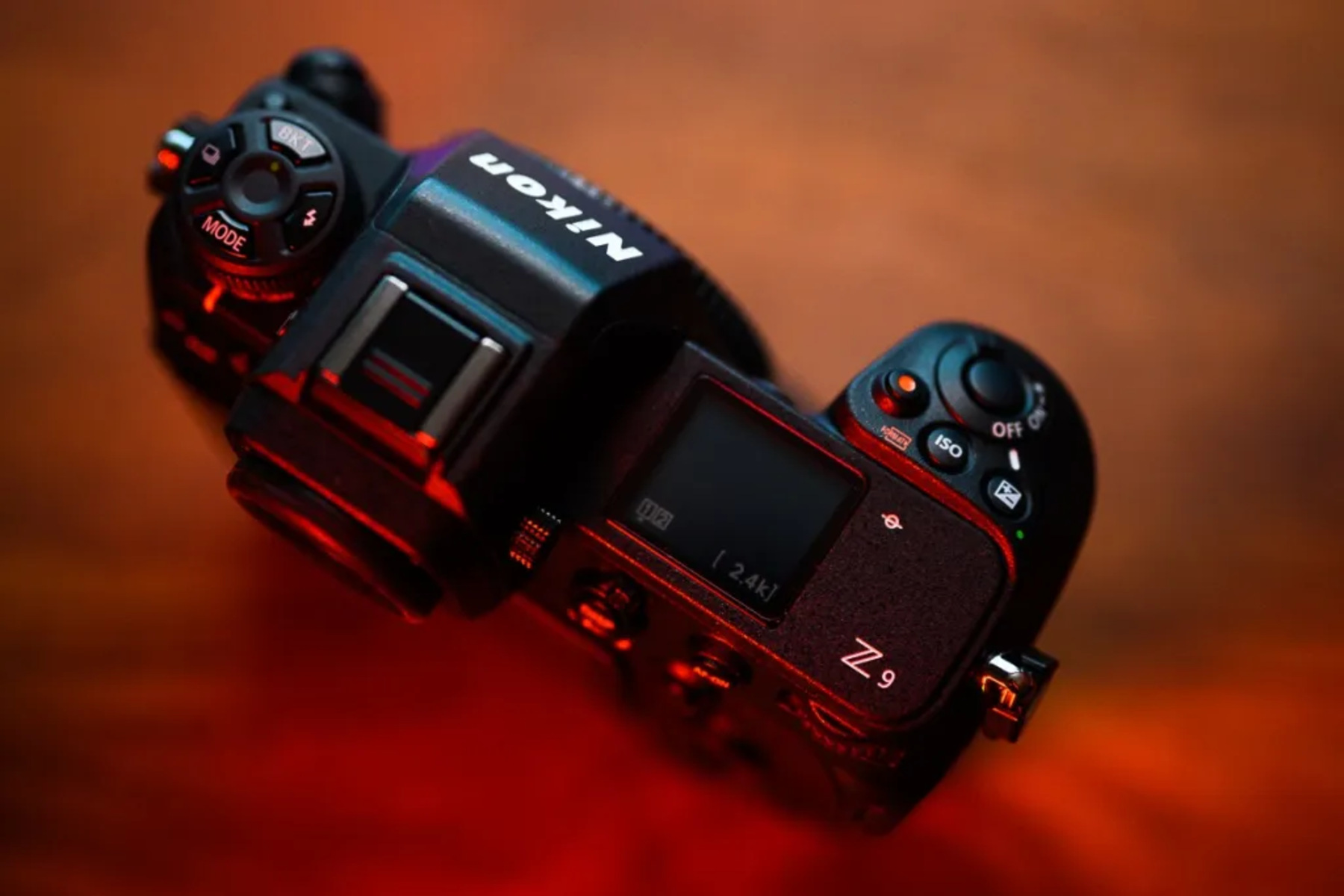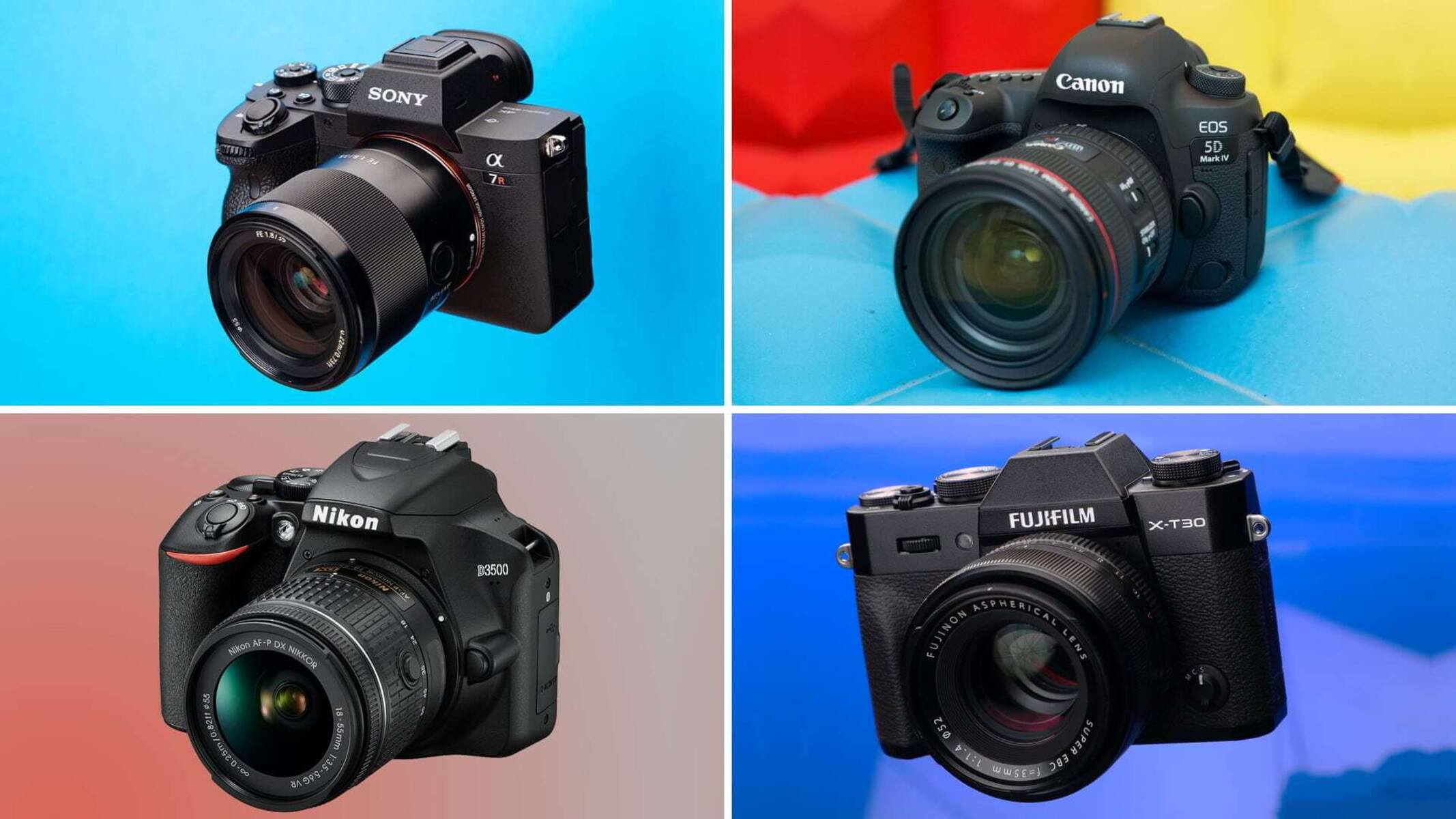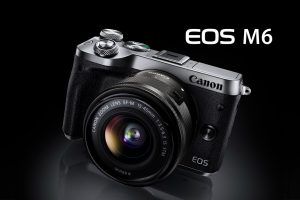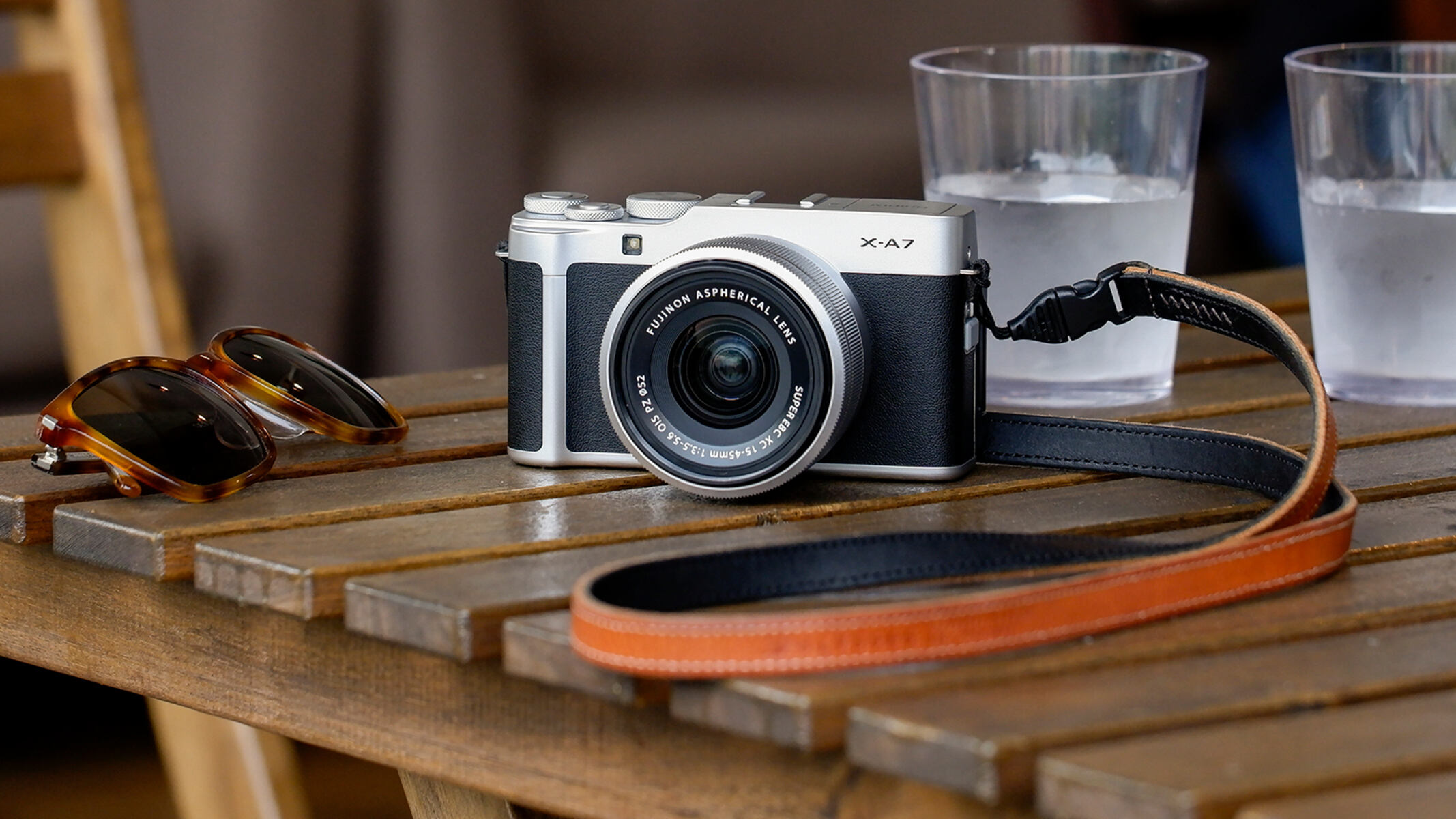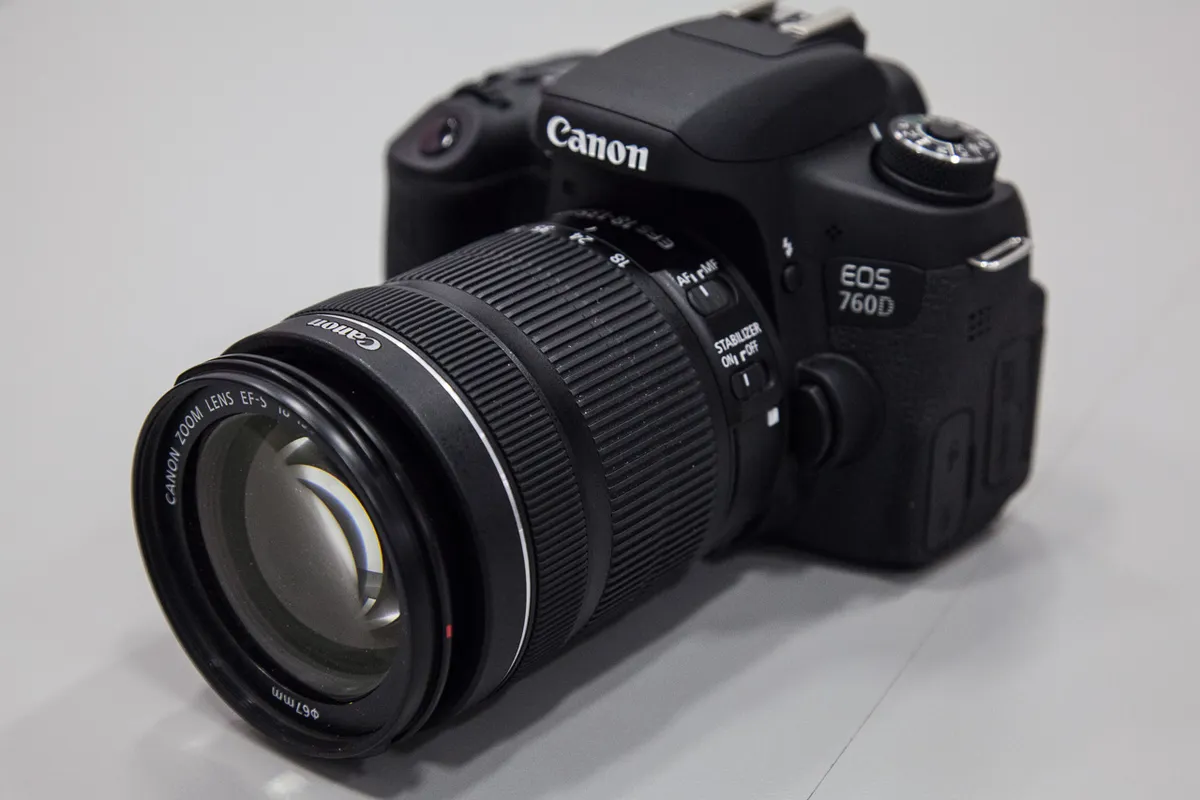Introduction
Mirrorless cameras have revolutionized the world of photography with their advanced technology and compact design. These innovative devices have gained immense popularity among professional photographers and enthusiasts alike. Unlike traditional DSLR cameras, mirrorless cameras do not utilize a mirror to reflect the image into the viewfinder. Instead, they employ a digital display system, offering numerous advantages over their bulkier counterparts. In this article, we will explore the various benefits of mirrorless cameras, shedding light on why they have become the preferred choice for many photography enthusiasts.
The rise of mirrorless cameras has redefined the photography landscape, offering a perfect blend of portability and performance. With their compact and lightweight construction, mirrorless cameras provide unmatched convenience without compromising on image quality. This has made them the go-to option for photographers who prioritize mobility and versatility without sacrificing professional-grade results.
As we delve deeper into the world of mirrorless cameras, we will uncover the key features and functionalities that set them apart from traditional DSLRs. From autofocus capabilities to electronic viewfinders and adaptability with a wide range of lenses, mirrorless cameras have proven to be a game-changer in the realm of photography. Additionally, their superior image stabilization and impressive video capabilities further solidify their position as the future of photography.
Join us as we embark on a journey to unravel the myriad benefits of mirrorless cameras, and discover why more and more photographers are making the switch to these cutting-edge devices. Whether you are a seasoned professional or an aspiring enthusiast, understanding the advantages of mirrorless cameras will undoubtedly elevate your photography experience to new heights. Let's explore the reasons why mirrorless cameras have become the preferred choice for capturing life's most precious moments.
Size and Weight
One of the most compelling reasons to opt for a mirrorless camera is its significantly reduced size and weight compared to traditional DSLRs. The absence of a bulky mirror and optical viewfinder allows mirrorless cameras to be more compact, making them ideal for photographers who prioritize portability and convenience without compromising on performance.
By eliminating the mirror box and optical viewfinder, mirrorless cameras can be designed with a much slimmer profile, making them easier to carry and handle for extended periods. This lightweight construction is particularly advantageous for travel and street photography, where mobility and discreetness are paramount. Whether you are exploring bustling city streets or embarking on a scenic hike, the compact nature of mirrorless cameras ensures that you can capture stunning images without being encumbered by heavy gear.
Furthermore, the reduced size and weight of mirrorless cameras make them more accessible to a broader range of photographers, including novices and enthusiasts who may find traditional DSLRs intimidating or cumbersome. The compact form factor of mirrorless cameras encourages creativity and spontaneity, allowing photographers to seamlessly integrate their gear into various shooting scenarios without feeling encumbered.
Ultimately, the compact size and lightweight design of mirrorless cameras offer a liberating photography experience, enabling photographers to focus on their craft without being weighed down by bulky equipment. Whether you are a seasoned professional or an avid traveler capturing life’s fleeting moments, the portability and maneuverability of mirrorless cameras make them an indispensable tool for expressing creativity through photography.
Autofocus
The autofocus capabilities of mirrorless cameras represent a significant leap forward in the realm of photography. Unlike traditional DSLRs, which rely on a separate autofocus module and a complex system of mirrors, mirrorless cameras leverage advanced contrast-detection and phase-detection autofocus systems directly on the image sensor. This innovative approach allows mirrorless cameras to deliver swift and precise autofocus performance, ensuring that photographers can capture sharp, well-focused images with ease.
One of the key advantages of mirrorless camera autofocus systems is their ability to cover a larger portion of the image frame, resulting in more comprehensive and accurate focus tracking. This broad coverage is particularly beneficial for capturing moving subjects, such as wildlife, sports, or fast-paced events, where precise autofocus is crucial for obtaining compelling shots. Additionally, the sophisticated algorithms and real-time feedback mechanisms in mirrorless cameras enable rapid subject detection and continuous autofocus tracking, empowering photographers to seize fleeting moments with unparalleled precision.
Furthermore, the absence of a mirror in mirrorless cameras eliminates the need for complex autofocus calibration and micro-adjustments, streamlining the focusing process and minimizing the potential for front or back focus issues. This simplified and reliable autofocus mechanism allows photographers to concentrate on composition and creativity without being encumbered by technical intricacies.
Moreover, the seamless integration of autofocus and electronic viewfinders in mirrorless cameras provides a real-time preview of the final image, complete with accurate focus and exposure information. This instantaneous visual feedback empowers photographers to make informed decisions and fine-tune their compositions with confidence, resulting in a more efficient and intuitive shooting experience.
Ultimately, the advanced autofocus capabilities of mirrorless cameras redefine the way photographers engage with their subjects, offering unprecedented speed, accuracy, and versatility. Whether capturing dynamic action or subtle details, the responsive autofocus systems in mirrorless cameras elevate the art of photography, ensuring that every moment is immortalized with unparalleled clarity and precision.
Electronic Viewfinder
The electronic viewfinder (EVF) is a groundbreaking feature that distinguishes mirrorless cameras from their DSLR counterparts. Instead of relying on an optical viewfinder, mirrorless cameras are equipped with an electronic display that simulates the view through the lens in real time. This innovative technology offers numerous advantages, transforming the way photographers compose and visualize their shots.
One of the primary benefits of an electronic viewfinder is its ability to provide a real-time preview of the captured image, complete with exposure adjustments, white balance settings, and depth of field effects. This dynamic preview empowers photographers to make informed decisions about their compositions, ensuring that they can achieve the desired results without the need for trial and error. Additionally, the electronic viewfinder offers a clear and detailed representation of the final image, allowing photographers to assess critical elements such as focus, exposure, and framing with precision.
Furthermore, the electronic viewfinder in mirrorless cameras enhances the shooting experience in various lighting conditions. Unlike optical viewfinders, which may struggle in low-light environments, electronic viewfinders provide a bright and clear view of the scene, regardless of ambient lighting. This ensures that photographers can confidently capture images in challenging situations, such as dimly lit interiors or outdoor scenes during twilight, without compromising on accuracy or visual clarity.
Moreover, the electronic viewfinder offers a customizable interface, allowing photographers to overlay essential shooting information, such as histograms, electronic levels, and focus peaking indicators, directly within the viewfinder display. This comprehensive visual feedback enables precise control over exposure and composition, empowering photographers to fine-tune their settings and achieve optimal results with ease.
Ultimately, the electronic viewfinder in mirrorless cameras represents a paradigm shift in the way photographers engage with their subjects, offering a seamless and intuitive interface that enhances the creative process. Whether capturing landscapes, portraits, or fast-moving subjects, the electronic viewfinder provides a versatile and immersive tool for visualizing and capturing stunning images with unparalleled precision.
Adaptability
The adaptability of mirrorless cameras is a defining feature that sets them apart from traditional DSLRs, offering photographers unparalleled versatility and creative freedom. One of the key advantages of mirrorless camera systems is their compatibility with a wide range of lenses, including native lenses designed specifically for mirrorless cameras and adapted lenses from other systems. This expansive lens compatibility empowers photographers to explore diverse focal lengths, optical characteristics, and creative styles, ensuring that they can achieve their artistic vision with precision and flexibility.
Furthermore, the compact design of mirrorless cameras allows for seamless integration with a variety of lenses, from compact prime lenses for discreet street photography to telephoto zoom lenses for capturing distant subjects. This adaptability makes mirrorless cameras well-suited for a broad spectrum of photographic genres, including landscapes, portraits, wildlife, macro photography, and more. Whether you prefer the compactness of pancake lenses or the versatility of professional-grade zoom lenses, mirrorless cameras offer a platform for effortless lens interchangeability, enabling photographers to adapt to diverse shooting scenarios with ease.
Another notable aspect of the adaptability of mirrorless cameras is their compatibility with lens adapters, which allow photographers to use lenses from other camera systems with their mirrorless cameras. This opens up a world of creative possibilities, enabling photographers to leverage legacy lenses, specialty optics, and unique glass from various manufacturers. By embracing adapted lenses, photographers can explore vintage aesthetics, experiment with unconventional focal lengths, and infuse their imagery with distinctive character, expanding their creative horizons in the process.
Moreover, the adaptability of mirrorless cameras extends beyond lenses, encompassing a wide array of accessories and peripherals that enhance the shooting experience. From external flashes and microphones to electronic viewfinder attachments and specialized grips, mirrorless cameras offer a platform for seamless integration with a diverse ecosystem of accessories, empowering photographers to tailor their gear to their specific needs and preferences.
Ultimately, the adaptability of mirrorless cameras serves as a catalyst for innovation and exploration, offering photographers the tools and flexibility to realize their creative vision with precision and versatility. Whether pursuing traditional photographic styles or pushing the boundaries of artistic expression, the adaptability of mirrorless cameras ensures that photographers can adapt, evolve, and thrive in a dynamic and ever-changing photographic landscape.
Image Stabilization
Image stabilization is a pivotal feature that significantly enhances the capabilities of mirrorless cameras, ensuring that photographers can capture sharp, blur-free images even in challenging shooting conditions. Unlike traditional DSLRs, which often rely on lens-based stabilization systems, many mirrorless cameras integrate in-body image stabilization (IBIS) directly into the camera body. This innovative technology mitigates the effects of camera shake, resulting in sharper images and expanded creative possibilities.
One of the primary advantages of in-body image stabilization in mirrorless cameras is its compatibility with a wide range of lenses, including older or third-party lenses that may not feature built-in stabilization. This broad compatibility ensures that photographers can benefit from image stabilization regardless of the lens attached to their mirrorless camera, empowering them to capture steady, well-defined images across diverse focal lengths and shooting scenarios.
Moreover, in-body image stabilization in mirrorless cameras offers a tangible advantage when shooting in low-light conditions or using slower shutter speeds. By compensating for camera shake and hand movement, image stabilization enables photographers to achieve sharper images with reduced risk of motion blur, even in dimly lit environments. This capability is particularly valuable for handheld photography in challenging lighting situations, such as indoor settings, twilight scenes, or evening events, where stable and blur-free images are essential.
Furthermore, the integration of in-body image stabilization in mirrorless cameras enhances the potential for handheld video recording, delivering smooth and steady footage without the need for external stabilizing equipment. This feature is particularly beneficial for videographers and content creators who prioritize mobility and flexibility, allowing them to capture cinematic sequences and dynamic footage with confidence and precision.
Additionally, in-body image stabilization in mirrorless cameras provides a valuable tool for photographers who engage in telephoto or macro photography, where subtle camera movements can have a pronounced impact on image sharpness. By compensating for angular and translational movements, image stabilization enables photographers to achieve exceptional detail and clarity in their close-up and telephoto images, expanding the creative possibilities for capturing intricate subjects and distant scenes.
Ultimately, the integration of in-body image stabilization in mirrorless cameras represents a significant advancement in photographic technology, offering photographers a powerful tool for achieving sharper, more compelling images and videos in a wide range of shooting scenarios. Whether capturing handheld portraits, low-light landscapes, or dynamic video content, image stabilization in mirrorless cameras empowers photographers to push the boundaries of their creativity with confidence and precision.
Video Capabilities
The video capabilities of mirrorless cameras have redefined the landscape of videography, offering a compelling blend of high-quality imaging, versatility, and portability. Unlike traditional DSLRs, which were primarily designed for still photography with limited video functionality, mirrorless cameras are engineered to deliver exceptional video performance, making them a preferred choice for videographers, content creators, and filmmakers.
One of the key advantages of mirrorless cameras in the realm of video is their ability to capture high-resolution footage with impressive clarity and detail. Many mirrorless cameras offer advanced video recording capabilities, including 4K resolution and high frame rate options, enabling videographers to produce cinematic-quality content with stunning visual fidelity. This elevated level of video quality ensures that mirrorless cameras are well-equipped to meet the demands of professional video production, from commercial projects to independent filmmaking.
Furthermore, the compact and lightweight design of mirrorless cameras enhances their suitability for handheld and mobile video recording, providing videographers with a versatile tool for capturing dynamic footage in diverse environments. Whether shooting on location, documenting travel experiences, or creating vlogs and video blogs, the portability and maneuverability of mirrorless cameras make them an ideal companion for content creators who value flexibility and creative freedom.
Moreover, the integration of advanced autofocus systems and in-body image stabilization in many mirrorless cameras significantly enhances their video recording capabilities. The swift and precise autofocus performance ensures that videographers can maintain sharp focus on moving subjects, while in-body image stabilization minimizes the impact of camera shake, resulting in smooth and steady footage without the need for external stabilizing equipment. This seamless integration of critical video features empowers videographers to capture compelling and professional-looking content with ease.
Additionally, the electronic viewfinders and articulating LCD screens found in many mirrorless cameras offer valuable tools for framing and monitoring video compositions. The real-time visual feedback provided by electronic viewfinders enables videographers to assess exposure, focus, and composition with precision, while articulating LCD screens facilitate creative framing and versatile shooting angles, ensuring that videographers can capture engaging and dynamic footage in a variety of scenarios.
Ultimately, the video capabilities of mirrorless cameras represent a convergence of advanced imaging technology and versatile video performance, offering videographers and content creators a powerful platform for bringing their creative visions to life. Whether producing professional video content, documenting personal experiences, or creating compelling visual narratives, mirrorless cameras empower creators to capture stunning and immersive footage with unparalleled quality and flexibility.
Conclusion
As we conclude our exploration of mirrorless cameras, it becomes evident that these innovative devices have reshaped the photography landscape, offering a compelling array of features and capabilities that cater to the diverse needs of photographers and videographers. From their compact and lightweight design to advanced autofocus systems, electronic viewfinders, adaptability with a wide range of lenses, in-body image stabilization, and impressive video recording capabilities, mirrorless cameras have proven to be a game-changer in the world of imaging technology.
One of the standout advantages of mirrorless cameras is their portability and convenience. The absence of a bulky mirror and optical viewfinder allows for a more compact and lightweight construction, making mirrorless cameras the preferred choice for photographers who prioritize mobility without compromising on performance. This portability empowers photographers to seamlessly integrate their gear into various shooting scenarios, from travel photography to street photography, ensuring that they can capture stunning images without being encumbered by heavy equipment.
Furthermore, the advanced features and functionalities of mirrorless cameras, such as swift and precise autofocus, electronic viewfinders, and in-body image stabilization, elevate the photography experience to new heights. These cutting-edge technologies provide photographers with the tools and confidence to capture sharp, well-focused images in a wide range of shooting conditions, from fast-paced action to low-light environments, ensuring that every moment is immortalized with unparalleled clarity and precision.
Additionally, the adaptability of mirrorless cameras, including their compatibility with a diverse selection of lenses and accessories, offers photographers unparalleled versatility and creative freedom. Whether exploring different focal lengths, experimenting with adapted lenses, or enhancing the shooting experience with specialized accessories, mirrorless cameras provide a platform for photographers to tailor their gear to their specific needs and preferences, expanding their creative horizons in the process.
Ultimately, the rise of mirrorless cameras represents a paradigm shift in photographic technology, offering a harmonious blend of innovation, performance, and portability. Whether you are a seasoned professional seeking a compact and capable imaging tool or an aspiring enthusiast eager to explore the boundless possibilities of photography and videography, mirrorless cameras stand as a testament to the relentless pursuit of excellence in imaging technology. With their transformative features and uncompromising performance, mirrorless cameras have undoubtedly earned their place as the future of photography.







